During the cheese ripening (affinage) process, several chemical and physical changes take place that lead to texture, flavor, aroma, and color development.
The Chemistry of Cheese Ripening
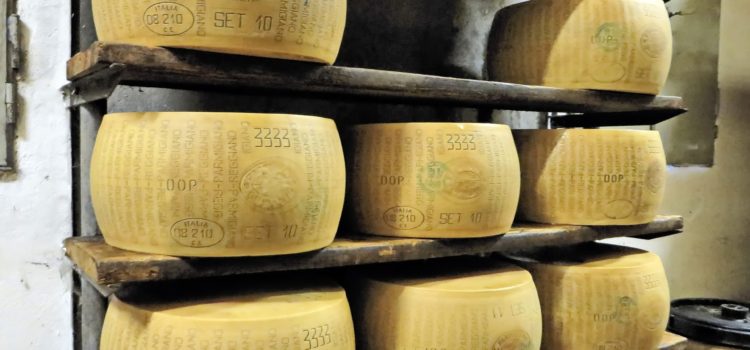

During the cheese ripening (affinage) process, several chemical and physical changes take place that lead to texture, flavor, aroma, and color development.
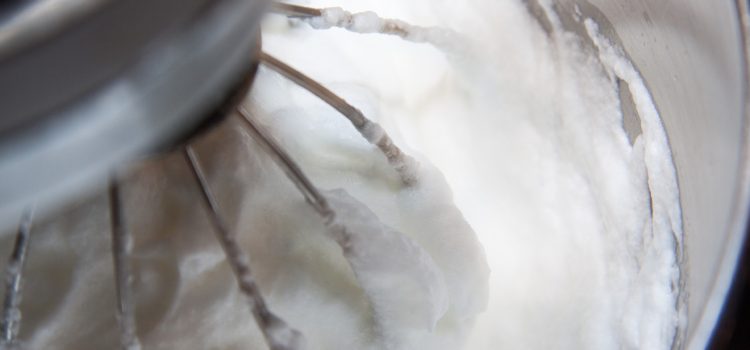
Many food preparations use egg whites to create foam. Foams are those substances that form by dispersing or trapping gas (bubbles) in a solid or liquid.
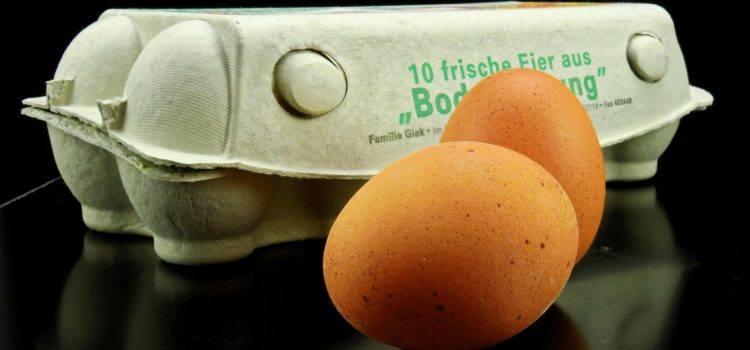
The main objective of pasteurization is to eliminate bacteria that may be present and reduce the risk of foodborne illness. But there is one disadvantage with pasteurized eggs, though—it can be a troublesome ingredient.
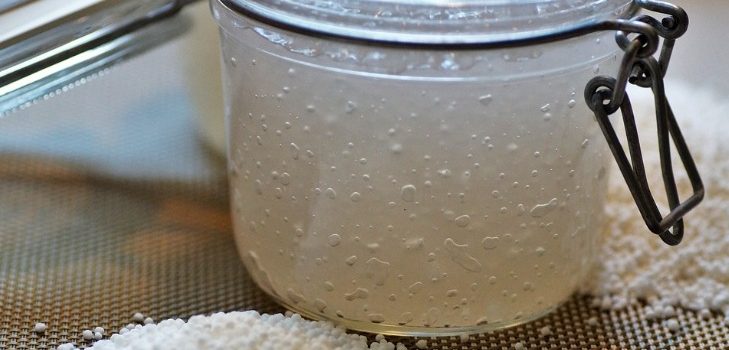
When starch and water are heated, a process known as starch gelatinization occurs, which causes the starch granules to expand.
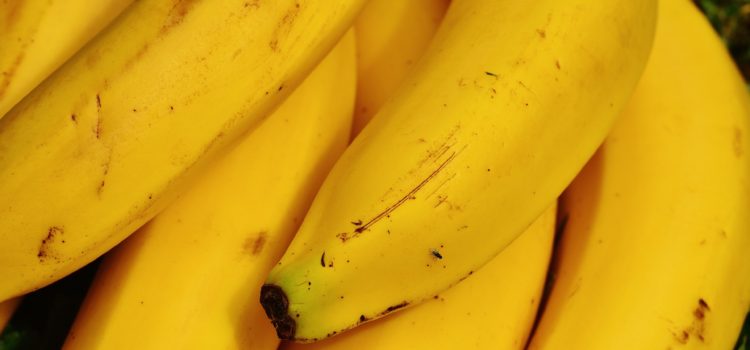
This article focuses on ethylene, the gaseous compound that significantly affects ripening in fruits and vegetables.
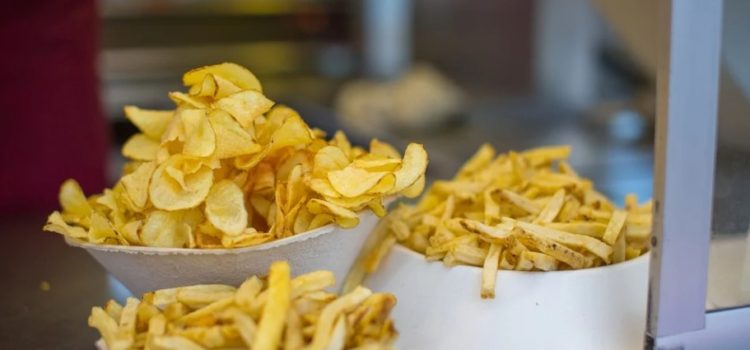
The Maillard reaction is a complex set of reactions between sugars and amino acids at elevated temperatures.
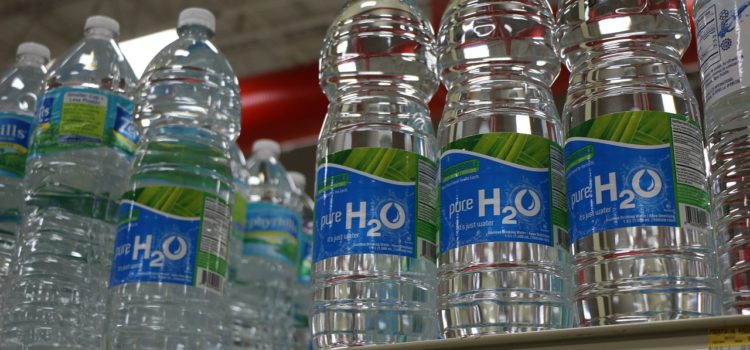
The interest in the use of ozone in food processing has grown significantly in recent years— from environmentalist to consumers.
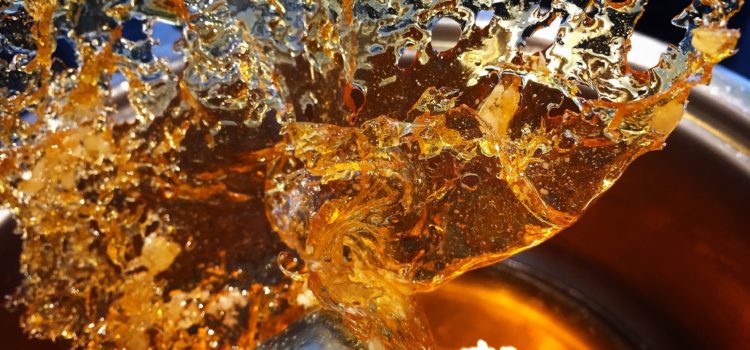
This article is about the science behind caramelization, a very complex process that occurs in food.
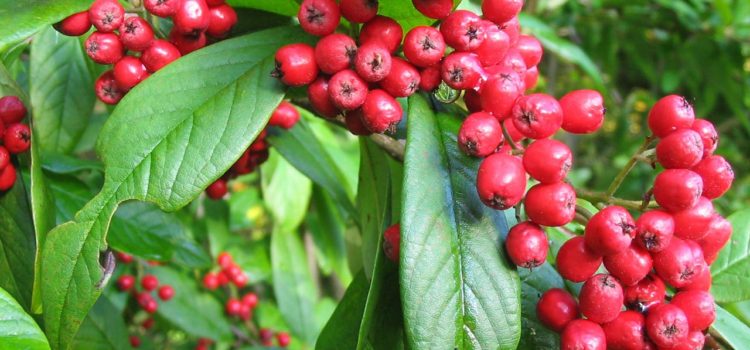
Sorbic acid as a preservative, (and its salts, sodium sorbate, potassium sorbate, and calcium sorbate) is one of the most commonly used in foods. Some of its applications include wines, cheeses, fruit juices, meat and fish products. Sorbic acid also has its
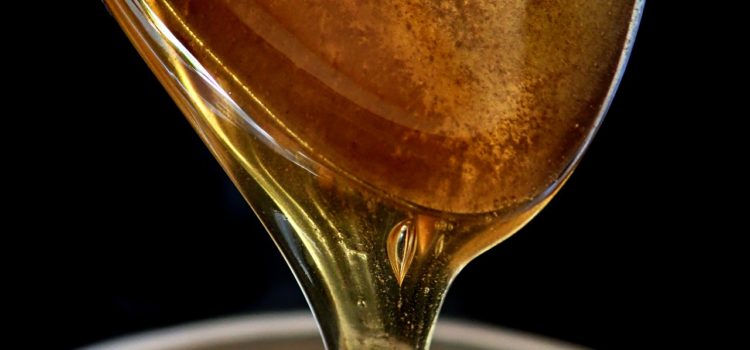
It’s true that honey as a very long shelf life.What’s so different with honey that expiry dates seemingly do not apply to it?